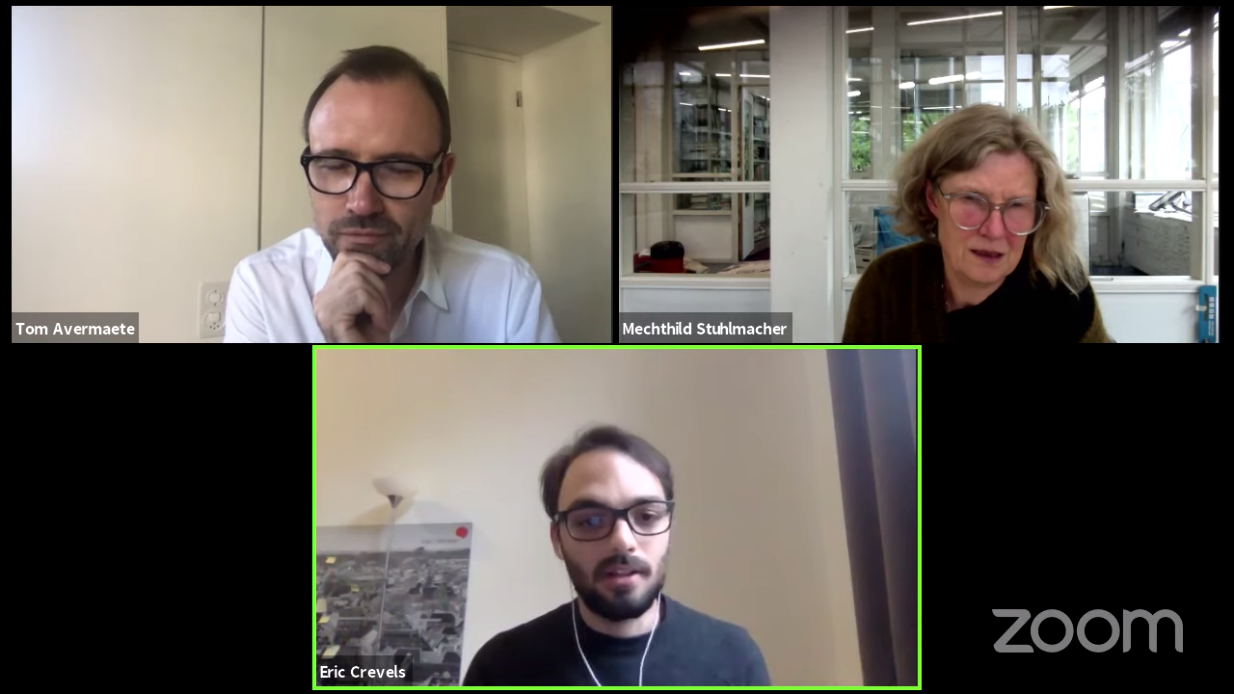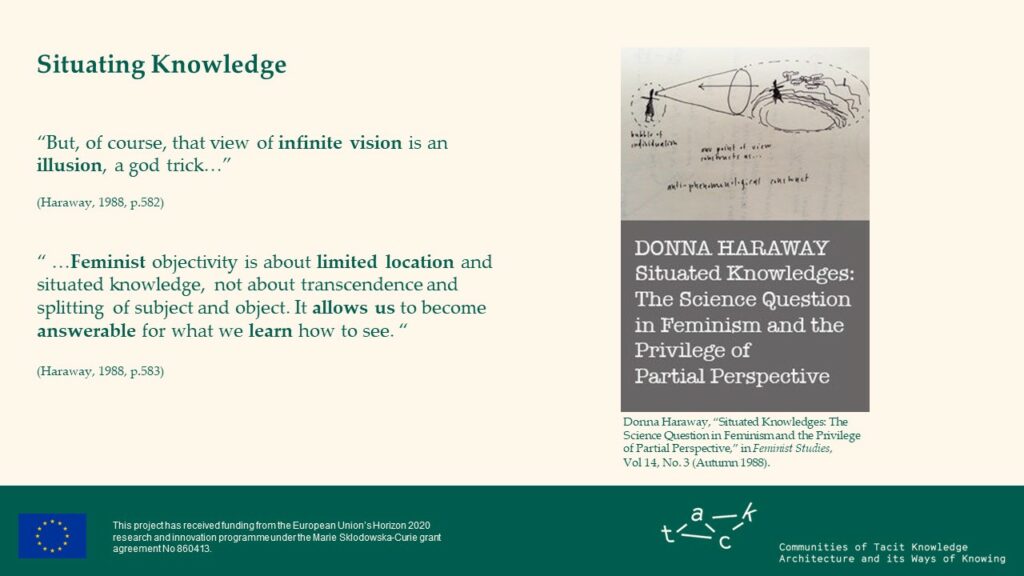Return to archive
title
Communities of practice: Post-war architecture in Cologne
curators
Filippo Cattapan Christoph Grafe
Despite its many specificities, the post-war architecture of Cologne also presents a set of meaningful correspondences with the international scene in the post 1945 period. Specific resonances can be identified with particular architectural cultures in Southern and Northern Europe, which seemed to occupy marginal positions at the time, but which acquired a prominent position in the disciplinary discourses of the late 1960s and onwards. The present panel focusses on some of the formal affinities that can be retraced with the contemporary building production of the Italian, and more specifically Milanese, architectural context, with some additional references from the north, from Switzerland and from Sweden.
The formal affinities that can be identified between these architectures are related to a series of main common themes, which are deeply interwoven and connected with each other. First of all, tendencies towards an abstract geometric and sculptural research seem to coexist in these projects with an equally relevant figurative meditation on the main archetypical topoi. The superimposition of the two attitudes produces complex hybrid figures, which appear, at the same time, absolute and contextual. Following the definition of the volumes, the surfaces are treated also as solid bodies, even when they are made of light and transparent materials.
These architectures establish a meaningful relationship, visual as well as material, deep, but at the same time substantially vague, with a vast repertoire of references. Such references may be historical ones, in particular from the Renaissance, but also anonymous vernacular buildings existing in the surrounding contexts, allowing for a new idea of sobriety and continuity.
A common aspect of these architectures is first of all that they are mainly the outcomes of a silent professional kind of design process that does not correspond to any explicit disciplinary principle nor theoretical statement. In the Milanese context this has been addressed as professionismo colto (cultured professionalism) and it may be correct to apply this term also to the community of practice in post 1945 Cologne. The authors of these architectures are in general established professionals who are deeply grounded in the local communities and usually absent from the international disciplinary and academic debates.
The isolated character of these architectural communities makes their resonance even more interesting and unexpected, challenging our historical understanding of both their cultural and political contexts as well as of their formal outcomes. How should we understand the possible, invisible, latent or even explicit correspondences between these parallel contexts in the absence of traceable connections? Which kind of common tacit knowledge can be identified in the design processes of these architectures? Is this kind of contextual disciplinary knowledge indeed comparable?











